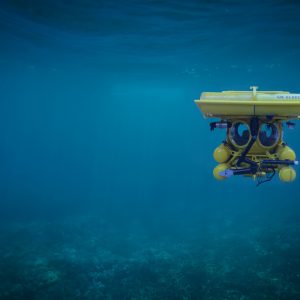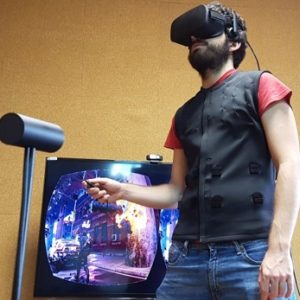Brief description of the solution and the added value it delivers
The Universidad Politécnica de Madrid (UPM), in collaboration with Hospital de Sabadell, has developed a control algorithm that automatically calculates the insulin doses to be administered to individuals with diabetes by a continuous insulin infusion pump, in order to maintain their blood sugar at levels similar to those of a healthy person. The algorithm has been tested on a group of patients at night-time and it was found to increase the time spent at normal blood glucose levels (80-110 mg/dl) by 340%, with a lower incidence of hypoglycaemic episodes (sudden falls in sugar levels). Insulin pump manufacturers are potential customers for this solution, as it can be integrated into this type of device.
Description of the technological basis
The control algorithm is designed to be incorporated directly into a continuous insulin infusion pump or into an external device capable of communicating in real time with the infusion pump and with a continuous glucose monitor. The algorithm is based on prediction rules and techniques. Its operation is personalised for each patient to maintain blood glucose levels within normal limits.
Its use will help prevent low-glucose (hypoglycaemia) and high-glucose (hyperglycaemia) episodes, most of all at night, which is when patents find it most difficult to recognise their symptoms.
‘Automatic algorithm for maintaining glucose levels within normal ranges and minimising the risk of hypo- or hyperglycaemia.’
Business needs / application
-
Individuals with diabetes who use continuous insulin infusion pumps potentially have great freedom to adjust their insulin doses to conditions that affect their blood glucose levels and vary from day to day, such as changing meal times, the type and amount of food consumed, physical exercise, illness and stress.
-
This level of insulin fine-tuning requires quasi-continuous and as non-invasive as possible monitoring of blood glucose levels. These days it is possible, as there are various commercial solutions that measure glycaemia every few minutes with a sensor implanted in the subcutaneous tissue.
-
However, it is not feasible for patients to lead a normal life if they continually have to interpret their glycaemia readings and make decisions regarding the programming of the insulin pump.
-
The solution is the use of algorithms that can control the insulin pump automatically and prevent the occurrence of hypoglycaemic episodes, which is the most risky situation in insulin treatment.
-
It is equally important to avoid sustained hyperglycaemia over the years, as it can cause quality of life to be lost on account of, inter alia, kidney conditions, blindness and amputations.
‘The artificial pancreas can prevent and avoid hypoglycaemia and the appearance of complications in the future due to poor metabolic control’
Competitive advantages
-
The algorithm has been tested at Hospital de Sabadell with a group of patients at night-time and it was found to increase the time spent at normal glycaemic levels (80-110 mg/dl) by 340%, with a lower incidence of hypoglycaemic episodes.
References
-
The research group at UPM’s Biomedical Engineering and Telemedicine Centre (GBT) has been working in the field of diabetes technology for 25 years, on aspects including ambulatory monitoring, decision aid, monitoring with mobile devices and control algorithms.
-
In its work on the artificial pancreas, it has collaborated with Hospital de Sabadell and Hospital Sant Pau in Barcelona. It has published various pieces of work and has taken part in one European Union project and two projects of the Fondo de Investigación Sanitaria (Spanish health research fund).
-
INCA: Intelligent Control Assistant for Diabetes (IST2011-37632) 2003-2005
-
PARIS: Páncreas Artificial Telemédico Inteligente (Intelligent Telemedical Artificial Pancreas) (FIS PI042466) 2005-2008
-
A PRIORI: Predictive analysis for insulin adjustment and optimisation of closed-loop control systems by means of intelligent algorithms (FIS PS09/01318 ) 2010-2012
-
Stage of development
-
Concept
-
Research
-
Lab prototype
-
Industrial prototype
-
Production
Contact
Artificial Pancreas contact
María Elena Hernando
e:
w: http://www.gbt.tfo.upm.es
UPM contact
Innovation and Commercialisation Programmes
Technological Innovation Support Centre (CAIT) – UPM
e:













